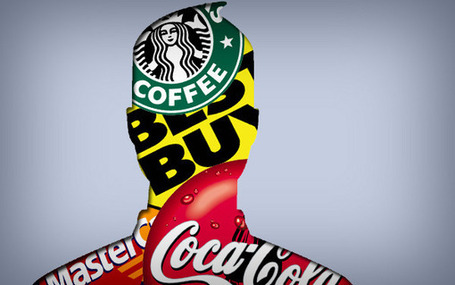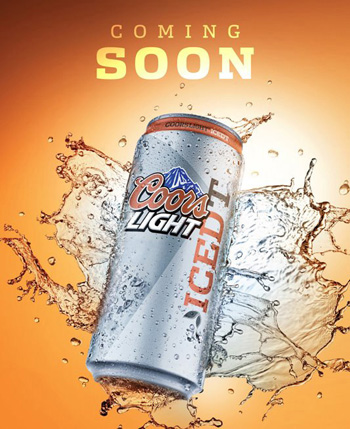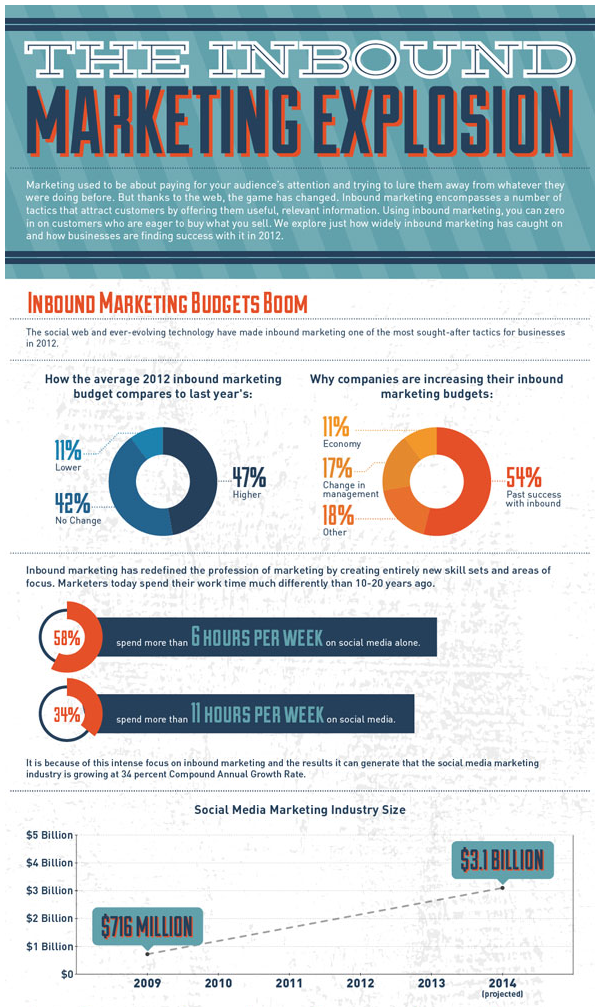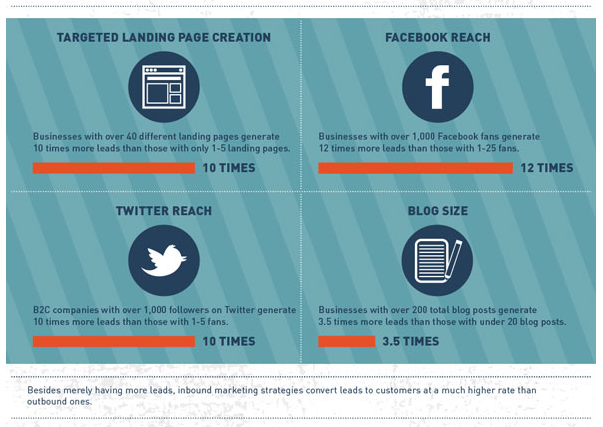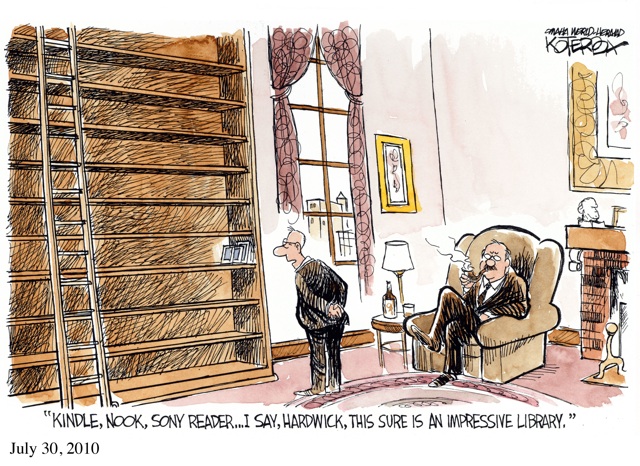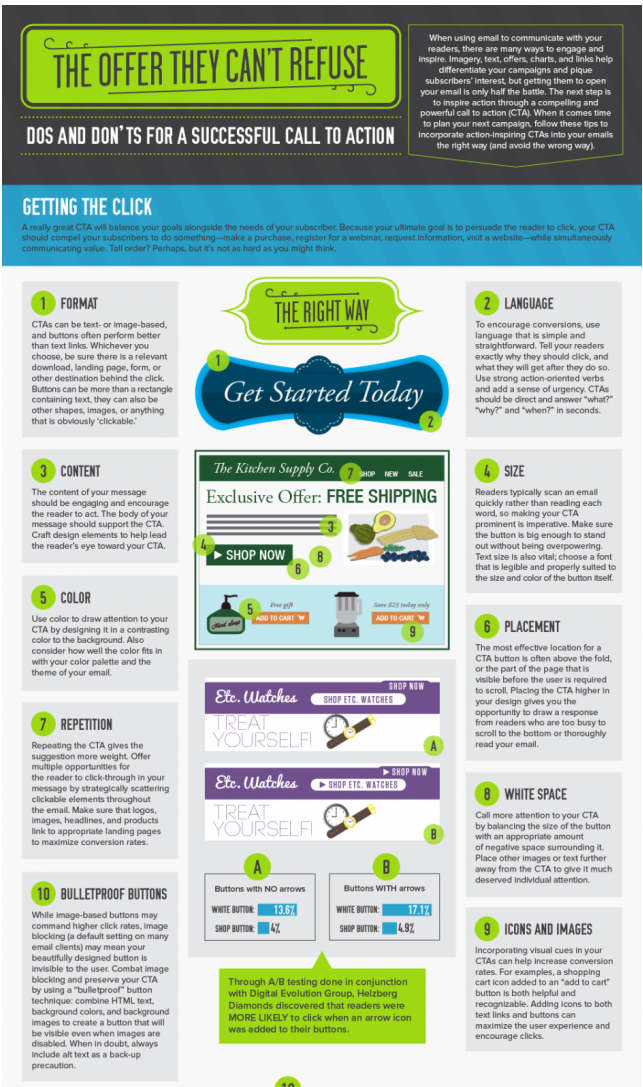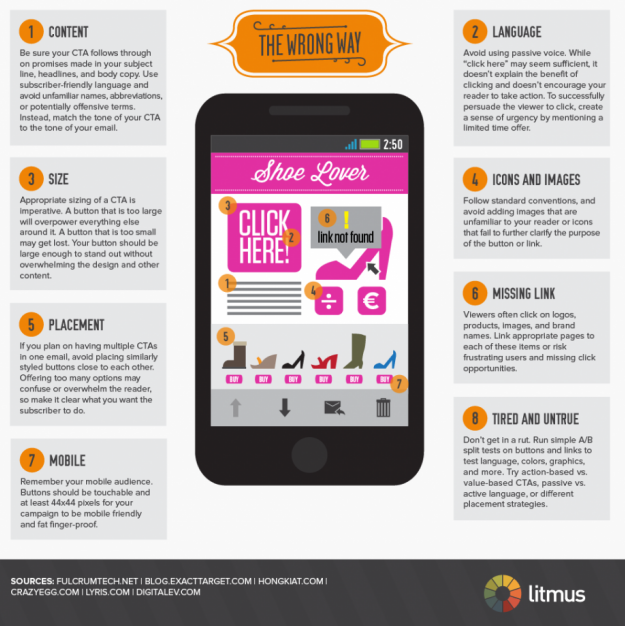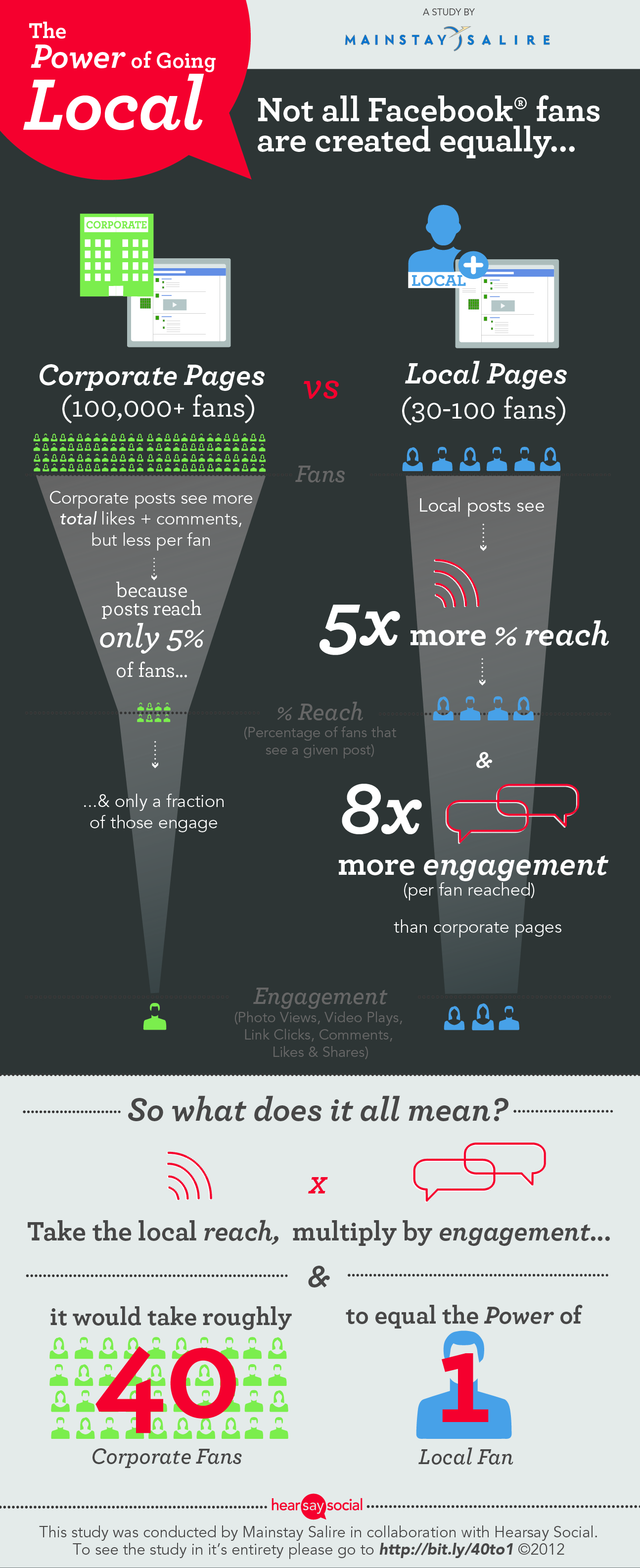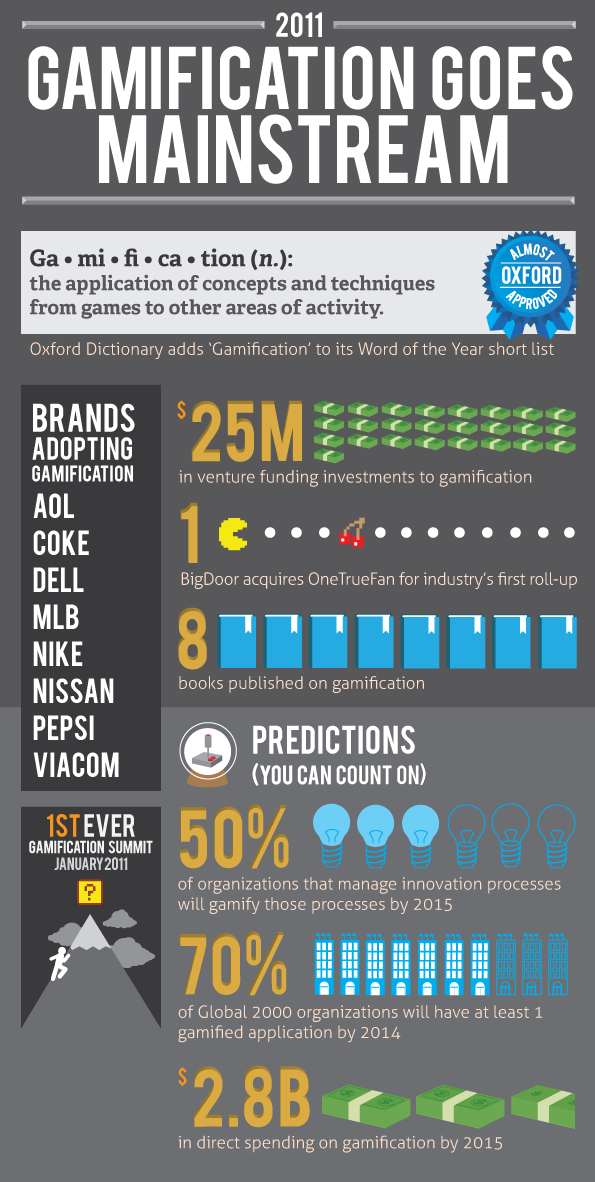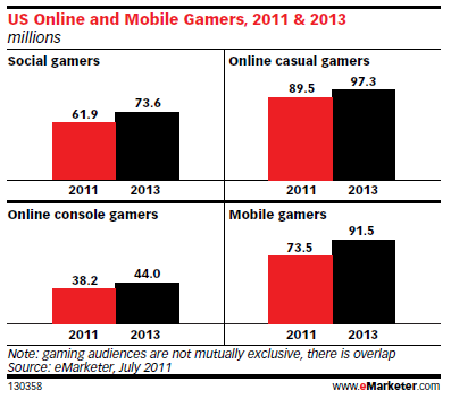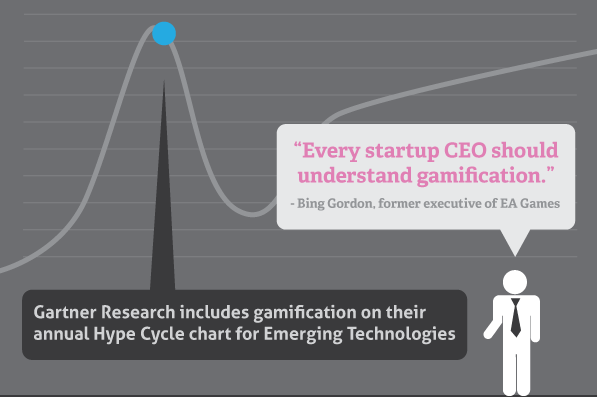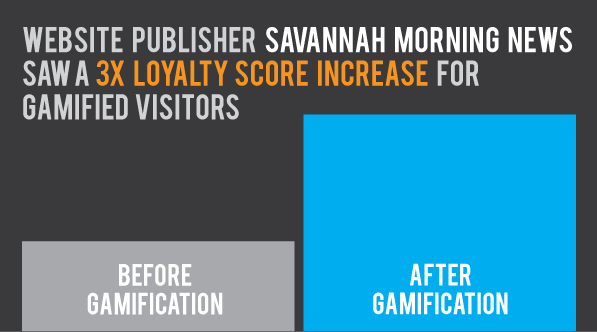 I was attending group presentations in my Marketing Applications course and one of my classmates made the recommendation for her textiles company to start showcasing her samples on Pinterest.
I was attending group presentations in my Marketing Applications course and one of my classmates made the recommendation for her textiles company to start showcasing her samples on Pinterest.
Now, I haven’t actually been on Pinterest myself because I just know I would get hooked and end up spending countless hours on there probably looking at wedding related things (yes, I am that girl). Maybe I’ll venture on it once school’s over. But it occurred to me that it makes so much sense for marketers to get their products up on Pinterest for two reasons:
- Women are swarming onto Pinterest with each day that passes.
- Women are spenders who make most of the household purchases.
I think if I were a company trying to build a strong brand image and looking to increase sales…it wouldn’t take long for me to have the light bulb moment and bolster my brand on Pinterest where a very captive audience exists.
Also, the Internet is awesome because I was just searching for a picture to put at the top of this post and my search led me to this page about 6 reasons why brands are hyped up with a Pinterest interest. Here they are and check out the page if you want to read more into detail:
- Pinterest is the fastest growing standalone site ever
- Pinterest drives traffic to retailers
- It is easy for brand sites to integrate with Pinterest
- Pinterest attracts female shoppers
- Optimal design – in more ways than one
- Focus on product
Well there you have it! It’s not just me…the whole world knows that a smart brand will pin itself up on Pinterest! (I do think that…Pinterest is appropriate for certain brands more so than others so I would take this with a grain of salt and know your brand and customers before jumping on the bandwagon).
Cheers.

